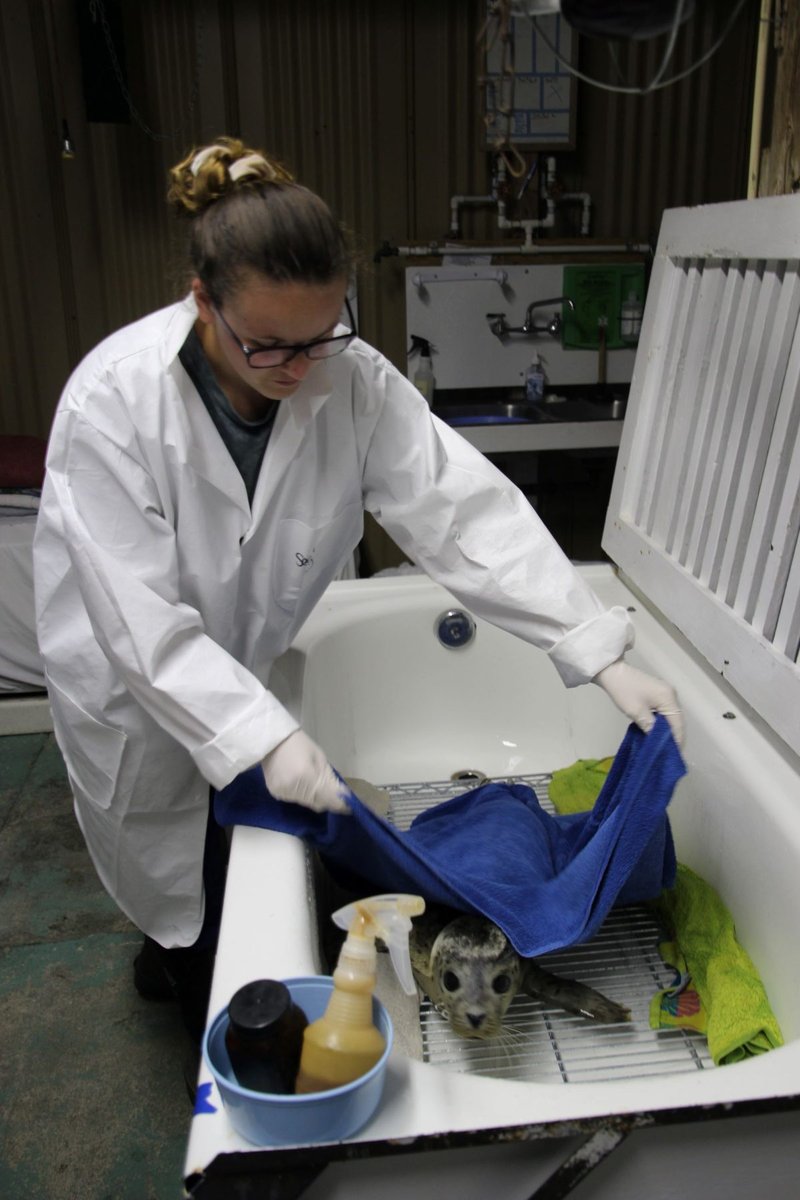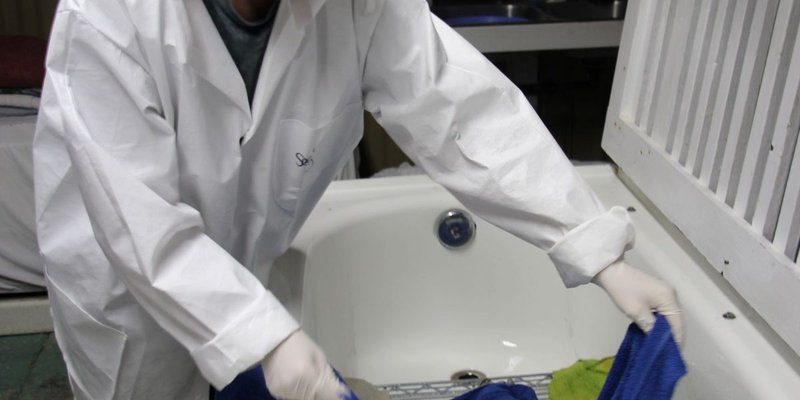
In this article, we’re diving into what wolf worms are, how they affect wild animals, particularly wolves and other mammals, and the critical role wildlife rehabilitators play in combating these pesky parasites. Think of it as a little journey into the world of animal care, where every step counts toward a better outcome for our wild companions. So, grab your favorite cup of coffee and let’s get into it!
What Are Wolf Worms?
Wolf worms are actually the larval stage of a type of fly known as the **Cuterebra**. These pests have a pretty unique life cycle, which starts when the adult fly lays its eggs near animal burrows or on the fur of hosts like rabbits and rodents. When the eggs hatch, the larvae burrow into the skin of their host—yikes! There, they can cause all sorts of trouble.
For the animals, this can mean irritation, inflammation, and even serious infections. Imagine getting an unexpected guest that just won’t leave—frustrating, right? Wildlife rehabilitators need to identify and treat these infections to ensure the animals can recover and return to the wild.
You might be wondering how common they are. Well, wolf worms have been reported in various regions, particularly in North America. They’re known to affect not just wolves but also domestic pets, rabbits, and other mammals.
How Do Wildlife Rehabilitators Identify Wolf Worm Infestations?
Identifying a wolf worm infestation isn’t as simple as spotting a sore spot on an animal’s skin. Wildlife rehabilitators are trained to look for specific signs that indicate the presence of these larvae. For instance, they often check for unusual swelling or lumps on the animal’s body that might suggest a wolf worm is making itself at home.
Once an animal is brought in, the rehabilitator will perform a thorough examination. They might even use tools like a magnifying glass to inspect the skin closely. If they see a small breathing hole in the skin—which is a telltale sign—it becomes apparent that a wolf worm is likely involved.
Crucially, time is of the essence. The sooner the infestation is identified, the better the chances of a successful recovery. This highlights the importance of having skilled professionals who can spot these issues early on.
Treatment Options for Wolf Worm Infestations
Once a wolf worm is identified, what’s next? Treatment typically involves removing the larvae. This requires careful handling to avoid complications. The rehabilitator might use a sterile tool to pull the worm out. It’s a delicate process, much like trying to untangle a knot in your shoelaces without ruining the laces.
After removal, the site is cleaned and treated with antibiotics to prevent infection. This step is crucial, as the risk of secondary infections can be quite high. Sometimes, additional treatments like anti-inflammatory medications may be given to help with any swelling or discomfort the animal is experiencing.
Notably, the animal’s recovery doesn’t end with the removal of the worm. Wildlife rehabilitators keep a close eye on the animal over the next few days and weeks, ensuring it regains its strength and can eventually be released back into its natural habitat.
The Role of Preventive Care in Wildlife Rehabilitation
Preventive care is one of the best ways to combat issues like wolf worms. Wildlife rehabilitators often emphasize the importance of monitoring populations, especially in areas where infestations are known to occur. Regularly checking animals for signs of wolf worm larvae can help catch problems early before they escalate.
Additionally, educating the public about how to care for domestic pets is crucial. You’d be surprised how knowledge can reduce risks; for example, keeping pets away from areas where wild animals roam can limit their exposure to these pesky worms.
Here’s the thing: the health of wildlife often reflects the health of the ecosystem. When wildlife populations are thriving, it helps maintain balance. Preventive care can go a long way in supporting that balance and reducing the number of wolf worm infestations in the wild.
The Challenges of Treating Wildlife with Wolf Worms
While dealing with wolf worms seems straightforward, it comes with various challenges. One major concern is that wild animals often have a high stress level when brought into rehabilitation centers. Stress can complicate recovery and even lead to the decline of their health.
Additionally, wildlife rehabilitators often work with limited resources. Unlike domestic pets, wild animals may not be accustomed to human interaction or care. This can make treatment more difficult, especially when the affected animal is wary or agitated.
Environmental factors also play a role. The habitats where these infestations thrive can change due to climate or human encroachment, leading to unexpected outbreaks. Wildlife rehabilitators must remain vigilant and adaptable to respond to these shifts effectively.
Success Stories: Wolves and Other Wildlife Returning to the Wild
One of the most rewarding aspects of wildlife rehabilitation is witnessing successful recoveries. Many animals treated for wolf worm infestations have made full recoveries and returned to their natural environments. These stories affirm the dedication and hard work that rehabilitators put into their efforts.
For example, a wolf named Luna was brought in with several wolf worms. After thorough treatment and care, she regained her strength and was successfully released back into her territory. Luna now roams the forests again, free and healthy, thanks to the unwavering support of wildlife rehabilitators.
Such success stories remind us of the vital role wildlife rehabilitation plays in conservation efforts. Each animal returned to the wild helps maintain the delicate balance of nature and supports biodiversity in ecosystems.
Wildlife rehabilitators face many challenges when dealing with wolf worms, but their efforts are crucial for the health of ecosystems. From identifying infestations to providing successful treatments, they play a key role in ensuring wild animals can thrive in their natural habitats.
As we continue to see changes in ecosystems due to human activity and climate change, the work of wildlife rehabilitators becomes even more critical. By understanding and supporting their efforts, we can help preserve the wild animals we cherish and the delicate balance of nature they represent. Who knows? The next time you hear a wolf howl in the distance, it might be a testament to the hard work of those dedicated individuals working behind the scenes.

